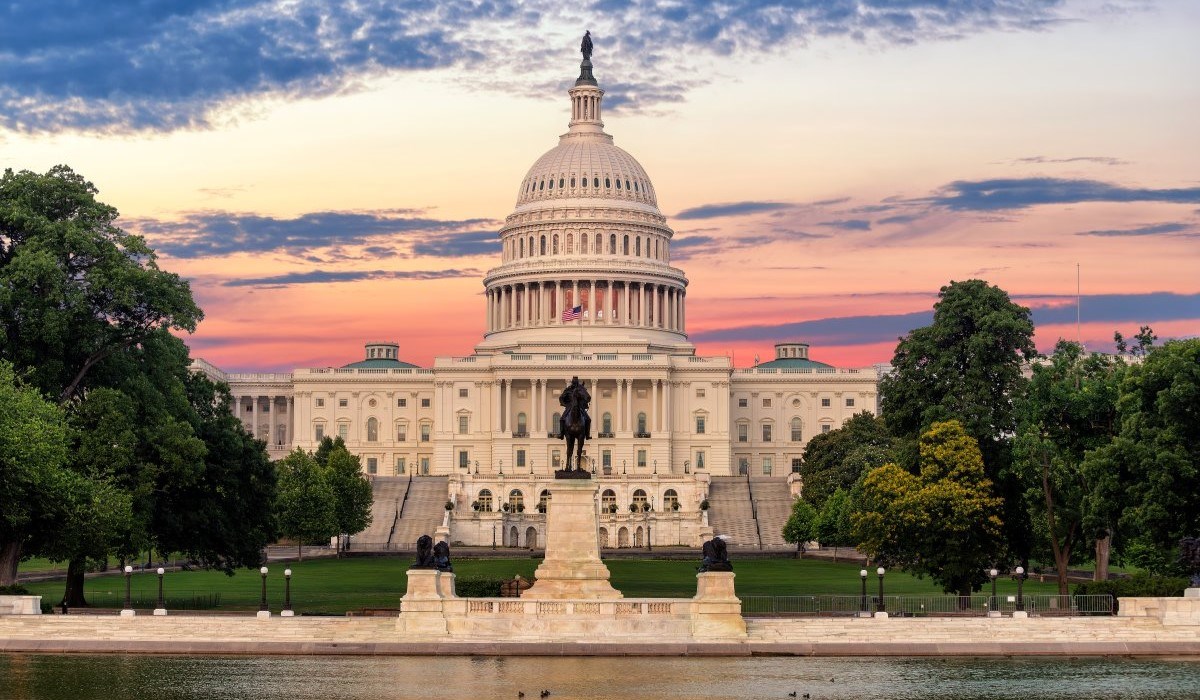Retirement plans need major changes: NY Times
Even as a federal law designed to protect income for retirees turns 50 this year, the cry to reform retirement benefits seems to be growing louder than ever.
This rising chorus includes The New York Times, which recently published an article titled, “The $25 Trillion System of Retirement Savings Needs Fixing.” It offers expert opinions on several ways to shore up fiscal protections for private retirement accounts and argues for an expansion of Social Security benefits.
The Times noted that the Employee Retirement Income Security Act, which was enacted by President Gerald Ford in 1974, was written at a time when a larger share of Americans were covered by pension plans. Since then, however, many private employers have stopped offering high-cost pensions and have turned to defined contribution plans such as a 401(k).
According to the Center for Retirement Research at Boston College, 62% of the nation’s private-sector workers had a pension in 1983, but that share dropped to 18% in 2022. Workplace-based savings plans and privately funded individual retirement accounts (IRAs) have become the norm over time and now encompass more than $25 trillion in assets.
“But much of that wealth is held by higher income households, and coverage is far from universal,” the Times noted. “What’s more, there are large gaps in retirement account ownership and participation by race, gender and ethnicity.”
The first path to creating a more accessible and equitable system, the article argues, is to expand 401(k) coverage. Because small businesses are less likely to offer them, only about half of the nation’s private employees are covered by one of these retirement plans. Low-income workers are saving less than they used to, while Black and Hispanic workers are saving only a fraction of what their white counterparts are.
The report notes that 17 states — including California, Illinois and Maryland — have passed legislation to automatically enroll workers in an IRA-style savings plan if their employer does not offer one. Across the eight states that have actually started these programs, the combined assets total $1.5 billion.
A second method for reform would be to make 401(k)s more like pensions. This would require accounts to feature automatic participation, be professionally managed and have guaranteed streams of income for retirees. The Times pointed out that some 401(k) plans have incorporated annuities to “guarantee a fixed income for life.”
The article goes on to advocate for better investment advice for IRAs and a reworking of the tax-deferral features for retirement accounts.
Across all types of employer-sponsored retirement plans and IRAs, the Times cited data showing that 59% of related tax deferrals went to the top 20% of earners, while only 3.7% of deferrals went to the bottom 40% of earners. Some experts believe that these deferrals could be capped or removed entirely, with the resulting revenue used to backstop the shrinking Social Security fund.
Along the same lines, some advocates believe that “a substantial expansion of (Social Security) benefits is the only meaningful way to close the retirement income gaps facing low- and middle-income people,“ the article stated.
Nancy Altman, president of the nonprofit group Social Security Works, told the Times that Social Security benefits could be expanded by eliminating certain corporate tax breaks and by raising the cap on the amount of wages subject to payroll taxes. Altman advocates for Social Security to fund up to 80% of pre-retirement for the lowest wage earners and up to 72% for middle-income workers.
Related
Source link




